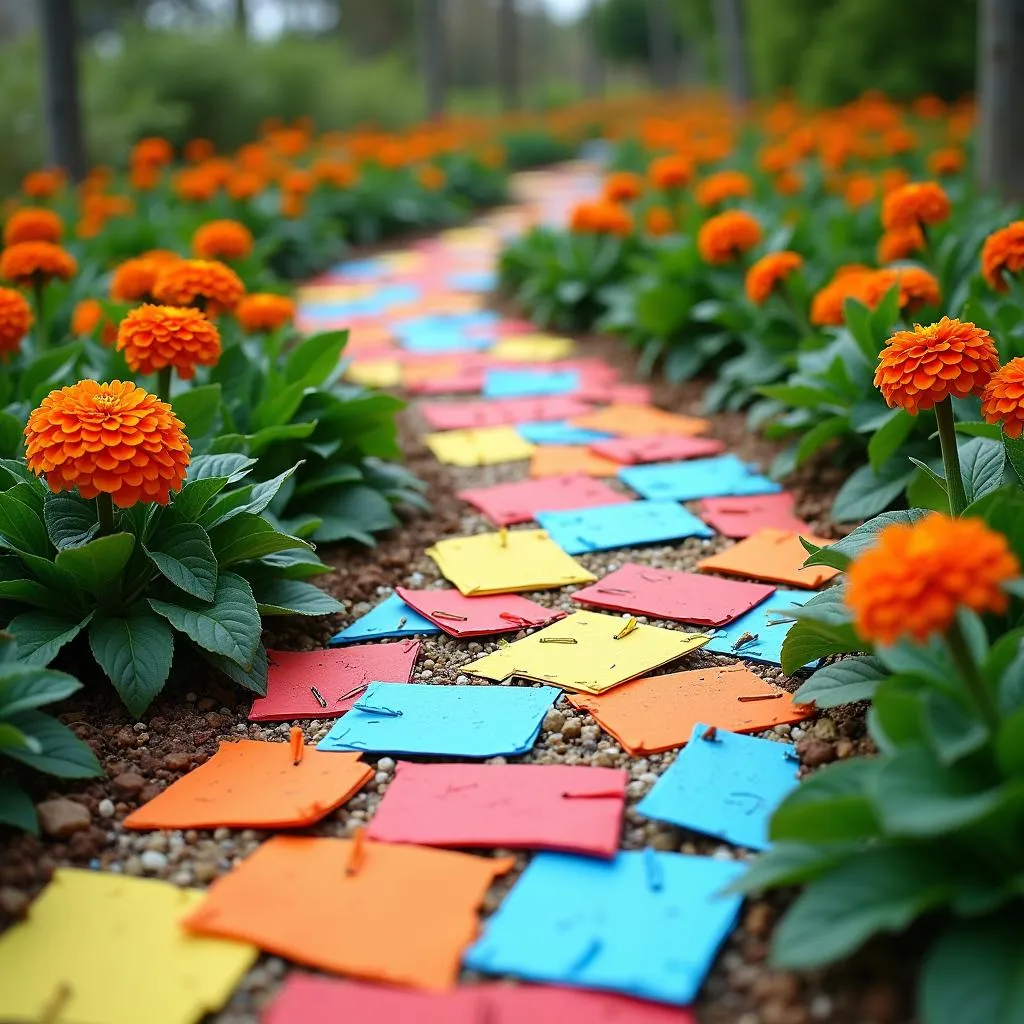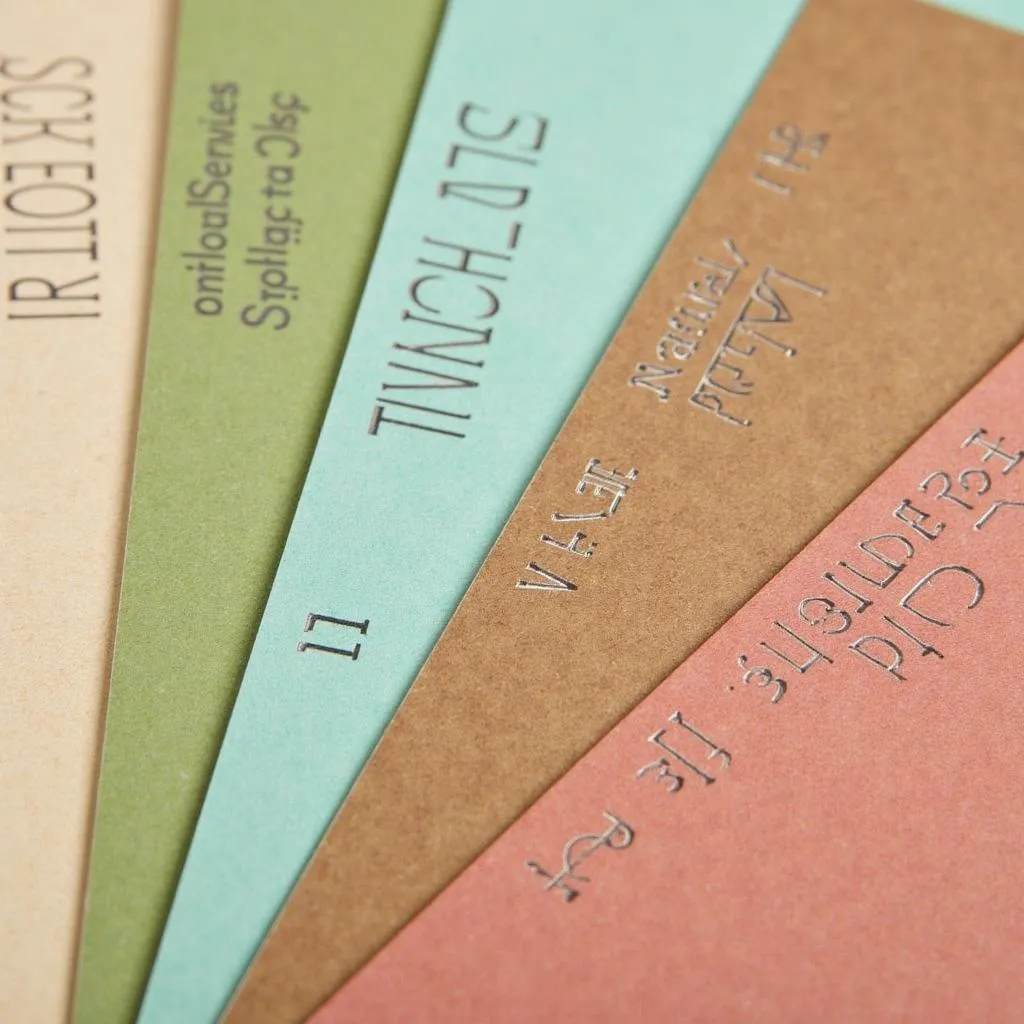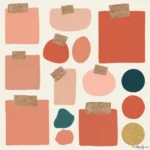You’re looking to add a splash of color to your garden, and using colored cardboard sounds like a fun, budget-friendly idea. But is it a good idea? Can colored cardboard withstand the elements and be used safely around your plants? Let’s explore the possibilities and potential drawbacks of incorporating this unexpected material into your outdoor space.
Understanding the Benefits and Drawbacks of Cardboard in the Garden
Cardboard, in its natural brown form, has become a staple for many gardeners. It’s a fantastic mulching material, effectively suppressing weeds while decomposing and enriching the soil. However, colored cardboard presents a different set of considerations.
Benefits:
- Weed Control: Like its brown counterpart, colored cardboard can act as a barrier, blocking sunlight and inhibiting weed growth.
- Visual Interest: Colored cardboard can add a playful and whimsical touch to your garden beds, especially when paired with brightly colored plants.
- Temporary Solution: If you’re looking for a seasonal splash of color or need to define a temporary planting area, colored cardboard can be a quick and easy solution.
Drawbacks:
- Dyes and Chemicals: The primary concern with colored cardboard is the potential presence of harmful dyes or chemicals. These could leach into the soil, particularly when wet, and potentially harm your plants.
- Aesthetics: While a matter of personal preference, some gardeners may find the appearance of colored cardboard less natural and appealing than traditional mulching materials.
- Durability: Colored cardboard might not hold up as well as natural cardboard against moisture and sunlight, leading to quicker degradation and a less tidy appearance over time.
 Colorful Cardboard Path in a Garden
Colorful Cardboard Path in a Garden
Choosing Safe and Suitable Colored Cardboard
If you decide to use colored cardboard in your garden, prioritize safety and sustainability:
- Look for Uncoated Cardboard: Avoid cardboard with glossy finishes or plastic coatings, as these likely contain additional chemicals.
- Opt for Natural Dyes: When possible, choose cardboard colored with natural, plant-based dyes to minimize potential harm to your garden.
- Test a Small Area First: Before applying colored cardboard to a large area, test it on a small, inconspicuous section of your garden to observe any adverse effects on your plants.
 Safe Colored Cardboard Options for Gardening
Safe Colored Cardboard Options for Gardening
Creative Applications for Colored Cardboard in the Garden
If you’re confident about using colored cardboard safely, here are some creative applications:
- Garden Paths: Create whimsical pathways between raised beds or garden areas using strategically placed pieces of colored cardboard.
- Plant Markers: Cut out shapes from colored cardboard and label them to create fun and decorative plant markers.
- Background Accents: Use larger pieces of colored cardboard as temporary backdrops for vibrant flower displays, adding visual depth and interest.
- Children’s Gardens: Involve children in gardening by letting them decorate and personalize their own sections with colorful cardboard creations.
 Creative Plant Markers Made from Colored Cardboard
Creative Plant Markers Made from Colored Cardboard
Alternatives to Colored Cardboard
If you’re concerned about the potential drawbacks of colored cardboard, consider these alternatives:
- Natural Mulch: Bark chips, wood chips, and straw offer a more traditional and environmentally friendly approach to weed control and soil improvement.
- Gravel or Stones: For a more permanent and low-maintenance option, gravel or stones can define pathways and add texture to your garden design.
- Painted Wood: Repurposed wood pallets or planks, painted with eco-friendly paints, can provide a similar visual effect to colored cardboard but with added durability.
Conclusion
While colored cardboard can add a touch of whimsy and visual interest to your garden, it’s crucial to prioritize safety and sustainability when selecting and using it. By opting for uncoated cardboard, natural dyes, and testing in a small area first, you can minimize potential risks to your plants and soil. Remember, there are also many alternative materials available to achieve a similar aesthetic without the potential drawbacks.
FAQs
1. Can I use any type of colored cardboard in my garden?
It’s best to avoid cardboard with glossy finishes or plastic coatings, as these may contain harmful chemicals.
2. Will colored cardboard attract pests?
Cardboard, in general, can attract pests if it remains constantly wet. Ensure proper drainage and avoid overwatering areas covered with cardboard.
3. How long will colored cardboard last in my garden?
The lifespan of colored cardboard depends on the type of cardboard, the dyes used, and exposure to the elements. Expect it to degrade faster than natural cardboard.
4. Can I compost colored cardboard?
Check if the cardboard is labeled as compostable and avoid composting cardboard with glossy finishes or plastic coatings.
5. What are some eco-friendly alternatives to colored cardboard?
Natural mulches like bark chips, wood chips, and straw are excellent eco-friendly options for weed control and soil enrichment.
For any inquiries or assistance with your gardening and landscaping projects, feel free to reach out to our expert team at 0373298888, email us at [email protected], or visit us at 86 Cầu Giấy, Hà Nội. We offer 24/7 customer support.
